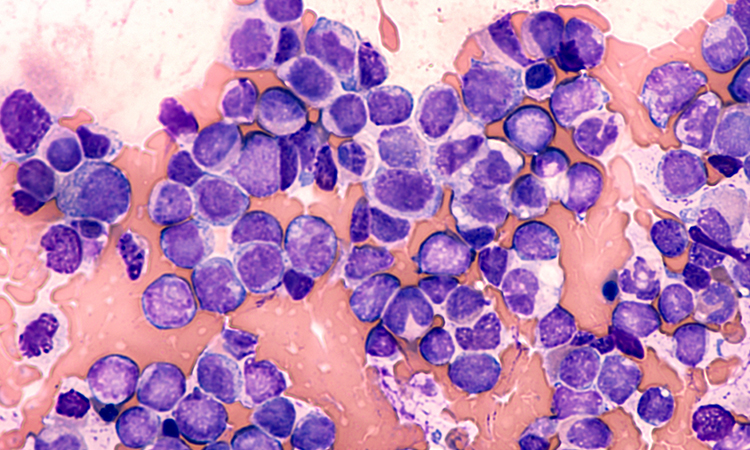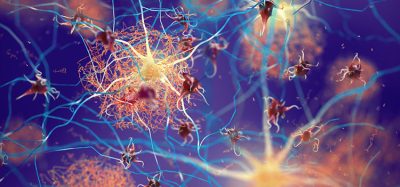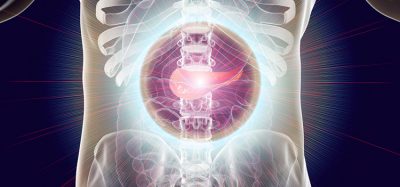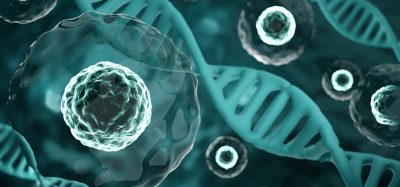Therapeutic strategy using p53 induces cancer cell death
Posted: 13 February 2023 | Izzy Wood (Drug Target Review) | No comments yet
US researchers spotlight how p53, the most frequently mutated tumour suppressor gene, can be activated against cancer cells.


Researchers from the University of Colorado (CU) Anschutz Medical Campus, US, studying mutations in tumour suppressor genes have dedicated significant focus to p53 in human cancers.
Over the past two decades, much effort has been devoted to designing biologically targeted therapies that specifically activate p53. However, whilst these therapies are effective at inducing p53 activity, they generally cannot kill cancer cells.
The new research illuminated the mechanisms at work that prevent p53 activation from triggering effective cancer cell death. The researchers showed that inhibiting two distinct repressors of p53 can elicit cancer cell death through activation of a complementary gene network known as the Integrated Stress Response.
Cancer is a disease driven by gene mutations. These mutated genes in cancer fall into two major categories: tumour suppressors and oncogenes.
“When you block both the major p53 repressor, known as MDM2, and its minor repressor, PPM1D, p53 works much better in terms of inducing cancer cell death, and this enhanced killing activity requires the Integrated Stress Response” explained Dr Joaquin Espinosa, Professor of Pharmacology in the CU School of Medicine.
The research has worked to understand the role of MDM2 and PPM1D, two proteins that repress p53 inside tumour cells, and the mechanisms by which inhibiting them leads to cancer cell death. “It was already established that MDM2 is a major repressor and PPM1D is a minor one,” Espinosa explained.
The team then turned to minor repressors, including PPM1D because a lot less is known about PPM1D and other minor repressors of p53. It soon became clear that inhibiting both MDM2 and PPM1D, p53 can effectively induce cancer cell death.
Inhibiting MDM2 and PPM1D activated the Integrated Stress Response, which is a signalling pathway that stimulates a protein called ATF4. The researchers further demonstrated that ATF4 partners with p53, working together to cause cancer cell death.
The scientists are continuing their research to understand more about mechanisms of the synergistic response that happens when MDM2 and PPM1D are inhibited and p53 is activated. “Our data indicates that cancer cells are particularly vulnerable to this dual activation of p53 and the Integrated Stress Response, which may offer a therapeutic window in the clinic, sparing normal cells from the killing effects of p53,” explained Dr Zdenek Andrysik, Assistant Research Professor of Pharmacology in the CU School of Medicine
Espinosa added that “a holy grail of cancer research has been the restoration of p53 activity to induce tumour regression. As we learn more about the genes and proteins mutated in cancer, we are more able to see when the brakes are failing and restore them, or when the gas pedal is all the way to the floor and lift it with specifically targeted inhibitors.”
Related topics
Gene Therapy, Oncology, Targets, Therapeutics
Related conditions
Cancer
Related organisations
CU School of Medicine, the University of Colorado (CU) Anschutz Medical Campus
Related people
Dr Zdenek Andrysik, Dr Joaquin Espinosa








